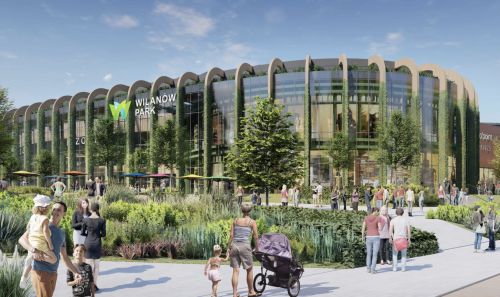Panattoni is now Europe’s largest industrial developer, operating in eleven countries (including a recent entry into France). The company provides a comprehensive and consolidated range of facilities for the various segments of the retail sector. “Panattoni’s growth is not the result of any rigid expansion plan, but is client-led. We don’t have a strategy set in stone, we just try to figure out where the customers want to be,” insists Robert Dobrzycki, the CEO of Panattoni.
The developer’s clients benefit from high-volume, supra-regional facilities that can serve as central warehouses – and these are specialised and often highly automated. Moreover, Panattoni develops regional centres and last-mile-delivery premises in attractive locations within the limits of the largest conurbations. In this way, it creates own its an entire system of integrated facilities, both in terms of the technical systems and the platform’s availability over tim































































